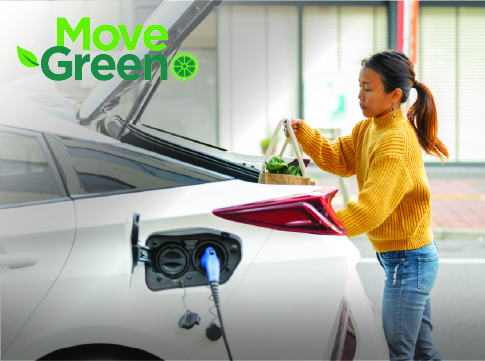Questions?
Email our energy experts or call 541-685-7088 for more information.
Charging is easy as 1-2-3
Charge at work, at home, around town or around the state. Your typical household outlet will do the trick, and our area has an extensive charging network for when you're out and about.
Your decision about how to charge your electric vehicle will be based on several factors including:
- Type of electric vehicle
- Distance you travel
- Physical parameters at your residence (electrical panel capacity, parking arrangements, etc.)
- Convenience
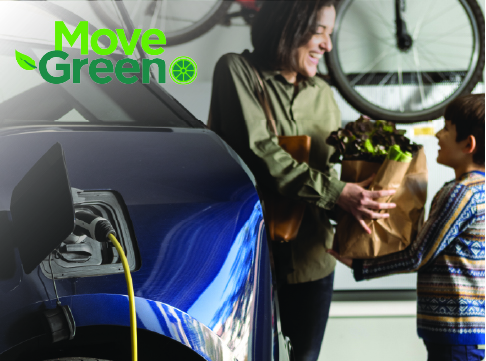
Charging options
Most owners of plug-in electric vehicles will charge their cars at home using a Level 1 or Level 2 charger, which can be installed on 120- or 240-volt circuits.
Level 1 - Uses a standard, three-prong 120-volt outlet that typically won't require modifications to your electrical panel or home wiring. A dedicated circuit is recommended. Based on the battery type, Level 1 charging can take 8 to 20 hours for a full charge.
Level 2 - Uses a 240-volt rated charging unit and will likely require changes to your electrical panel and adding a new circuit, if one is not available. Based on the battery type and circuit capacity, Level 2 charging can take 3 to 8 hours to reach a full charge.
DC fast charging - Some vehicles will be able to fully charge in less than 30 minutes, depending on the battery type. Many DC fast charging stations are now available along the West Coast Electric Highway, an extensive tri-state network of EV DC fast charging stations along Interstate 5.
Public Charging - Both private corporations and public agencies have been installing public charging stations around the state, and throughout the country. Check out a map that shows options for public charging around the U.S.
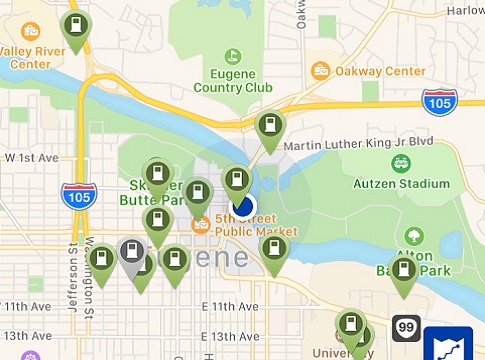
Find charging stations
The Pacific Northwest has a vast network of charging stations. The "West Coast Electric Highway" is a network of DC fast charging stations located every 25 to 50 miles along Interstate 5, Hwy 99, and other major roadways in British Columbia, Washington, Oregon, and California. Here at home, Oregon's Electric Byways will get you from the coast to the mountains, from Portland to Ashland, and everywhere in between.
Your smart phone makes it easy to find a charging station when you're traveling. Most have trip planning features so you plan ahead for long-distance trips. PlugShare, ChargePoint and ChargeHub are just a few examples of smart phone Apps that can help you find charging stations near you.
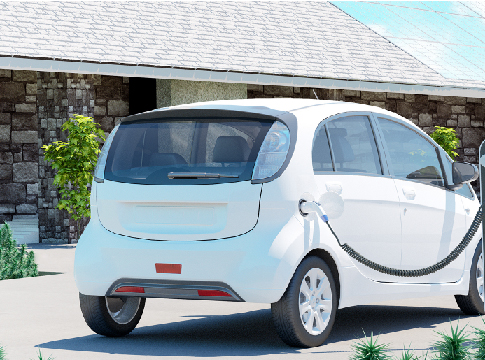
Home charging equipment and installation
Home charging equipment may be available as part of the electric vehicle purchase, or you may choose to buy what you need separately from a charging equipment manufacturer.
A licensed and bonded electrician can help you determine if your home is EV-ready. For safety and statutory reasons, we recommend that you always use a licensed and bonded electrician to make any necessary upgrades to your electrical system or to install a Level 2 car-charging station.
Installation costs - Plug-in vehicle charging equipment installation costs can vary greatly depending on the configuration of the home and electrical circuitry, local code requirements and the type of equipment installed. A licensed electrical contractor can provide a cost estimate.
Permits and inspections for electrical work - An electrical permit is required for the installation of a Level 2 home charging station. Eugene residents should contact the City of Eugene permit office for specific requirements regarding permitting and inspections before installation. If you choose to install the charging system on your own, it is still your responsibility as the homeowner to ensure that the appropriate permits have been obtained.
If you are planning on installing an EV charging station, contact EWEB Distribution Engineering at distributionengineering@eweb.org so we can plan for the additional load from your EV charging station. This is a separate process from your charging station rebate.
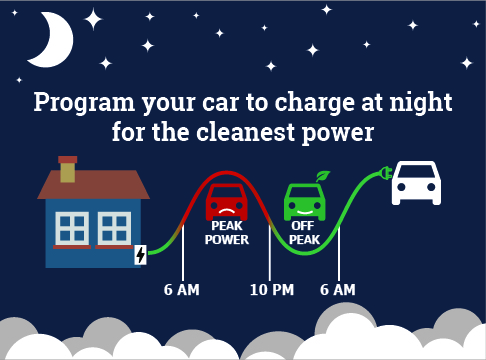
Off-peak charging for EVs
Replacing your fossil fuel-burning car with an all electric model is a great way to lower your personal carbon footprint. But to achieve the greatest environmental benefit, you need to charge your EV at the right time.
Charging your EV right after work, when power consumption is highest, would increase use of fossil fuel-burning generators, and lead to higher power prices and infrastructure costs.
For the cleanest power, charge your car between 10 p.m. and 6 a.m.
Charging during off-peak times, such as late evening, helps avoid or delay costly infrastructure investments and reduce market purchases at peak energy use times. Off-peak hours also coincide with the time when some renewable power sources are at their strongest—at night when the wind blows hardest and during the day when the sun shines brightest.
Set it and forget it!
Most electric cars and Level 2 home chargers allow you to program your charge time, making it super easy to ensure you fuel up with the cleanest possible power. Simply set your car to charge between 10 p.m. - 6 a.m.
Thinking about adding a charging station at your business?
You can provide convenience and affordability of driving electric vehicles for your employees and customers with a Level 2 Electric Vehicle Supply Equipment (EVSE or simply a "charging station"). EWEB can help you install the infrastructure needed to offer electric vehicle charging at your business location.
Additionally, an EVSE:
- Provides opportunities to attract new and repeat customers and put your business on the map (literally).
- Prepares your business for the future.
- Provides you with a service to power up your own electric vehicle fleet.
- Can help your employees and customer save on fuel costs.
- Can add a new source of revenue through utilization fees.
- Reduces community carbon emissions and makes a statement to employees and customers about your company values
Installing an EVSE at your place of business can be highly variable in scope and costs. Below is an overview of the electric vehicle energy distribution infrastructure when considering the installation of an EVSE.

Steps for Installing EVSE
1. Start working with an electrician/contractor - to determine if there is sufficient electrical service such as utility transmission, distribution capacity, and electric panel capacity. Also, identify other potential upgrades that may be required to support EV charging.
If an EWEB service upgrade is needed, we can help with the costs with a loan through our Electric Service Upgrade Assistance program. This loan can also cover panels and other upgrades needed to get your site ready for your EVSE installation.
2. Evaluate an appropriate location
a. Choose a visible and easy-to-find location. Consider lighting, accessible parking, and access to the building. Be considerate of the American Disability Act when choosing the location.
b. Ensure availability of adequate electrical supply for the type of charger and minimize the distance between the electrical panel and EV charging station, as this will help reduce costs.
c. The area should have a strong enough cellular signal for EVSE users to access the station's networked features.
3. Research EVSE options to fit your needs and those of your users - considerations include manufacturers, warranties, maintenance, networking capabilities to provide online interface and access, pricing mechanisms, and costs for the actual EVSE hardware.
4. Pricing and policies
a. Create a customer/workplace charging policy and pricing structure for your users.
b. Decide how public user interactivity and access of the EVSE will be. Several platforms allow for EVSE to be viewed and be paid online or with an app.
c. Create signage to clearly designate which parking spaces are for EV charging.
5. Install your qualifying EVSE - and receive a rebate from EWEB. Visit EWEB's Smart Charge Rebates for commercial customers to learn more.
Entities providing public charging, including workplace, fleet, business, and multifamily may qualify for additional revenue generation through the Oregon Department of Environmental Quality Clean Fuels Program. This is not an EWEB program. Visit DEQ's Clean Fuels Program website or contact OregonCleanFuels@deq.state.or.us to learn more.
Related Programs
In addition to the cost savings you'll get from driving an EV, there are also tax and rebate incentives that could save you thousands of dollars on your purchase or lease.
More and more people are choosing electric vehicles over gas-powered cars to reduce pollution, conserve energy, save money and reduce their carbon footprint.
Help reduce your utility bill and lower your carbon footprint by living green. We offer rebates and loans for your home or rental property that can help offset the upfront cost to upgrade heating, cooling, water heating, windows and insulation.
Lower your operating costs and reduce your business’s carbon footprint by working green. We offer a variety of incentives to help you make improvements to your facilities.

